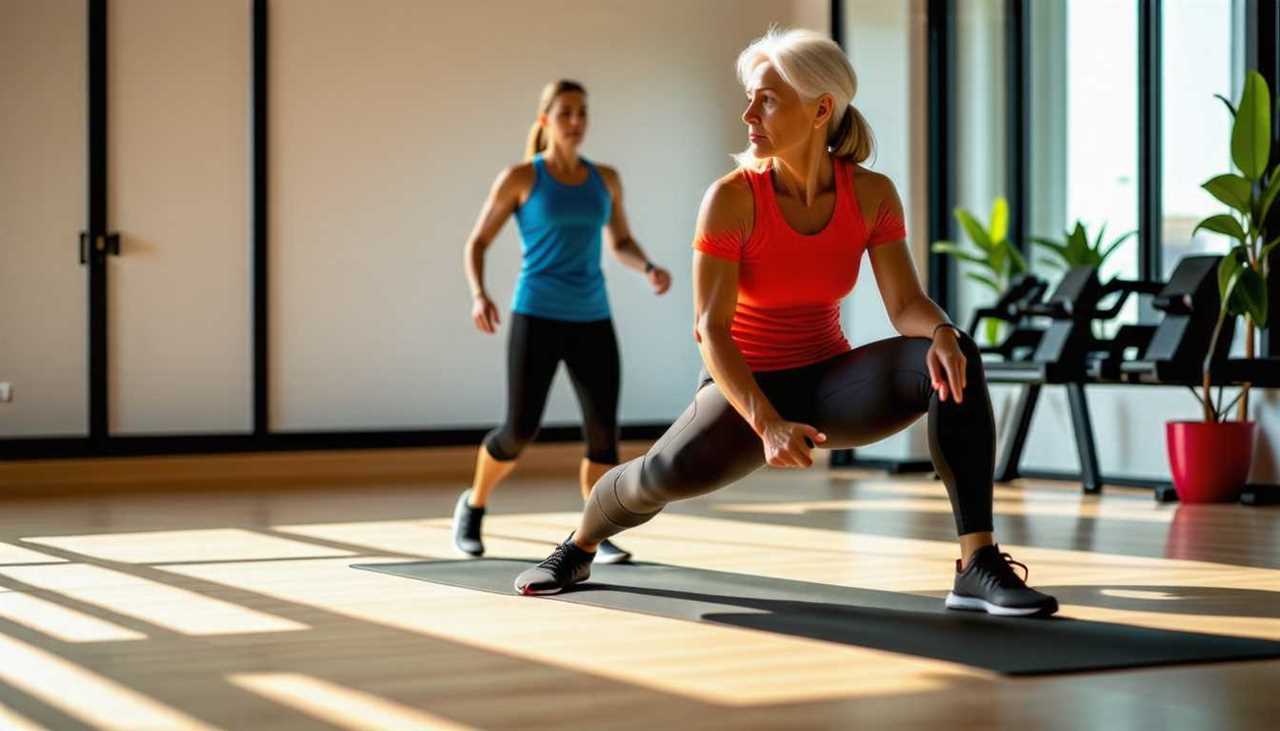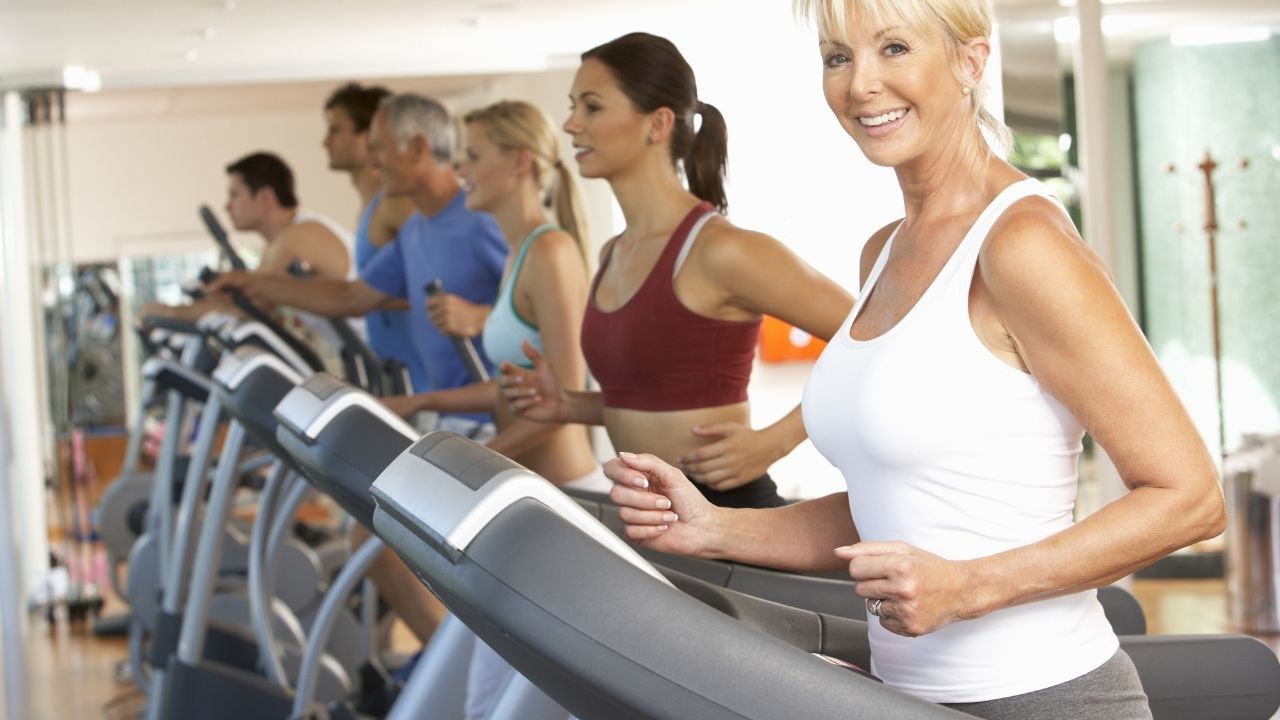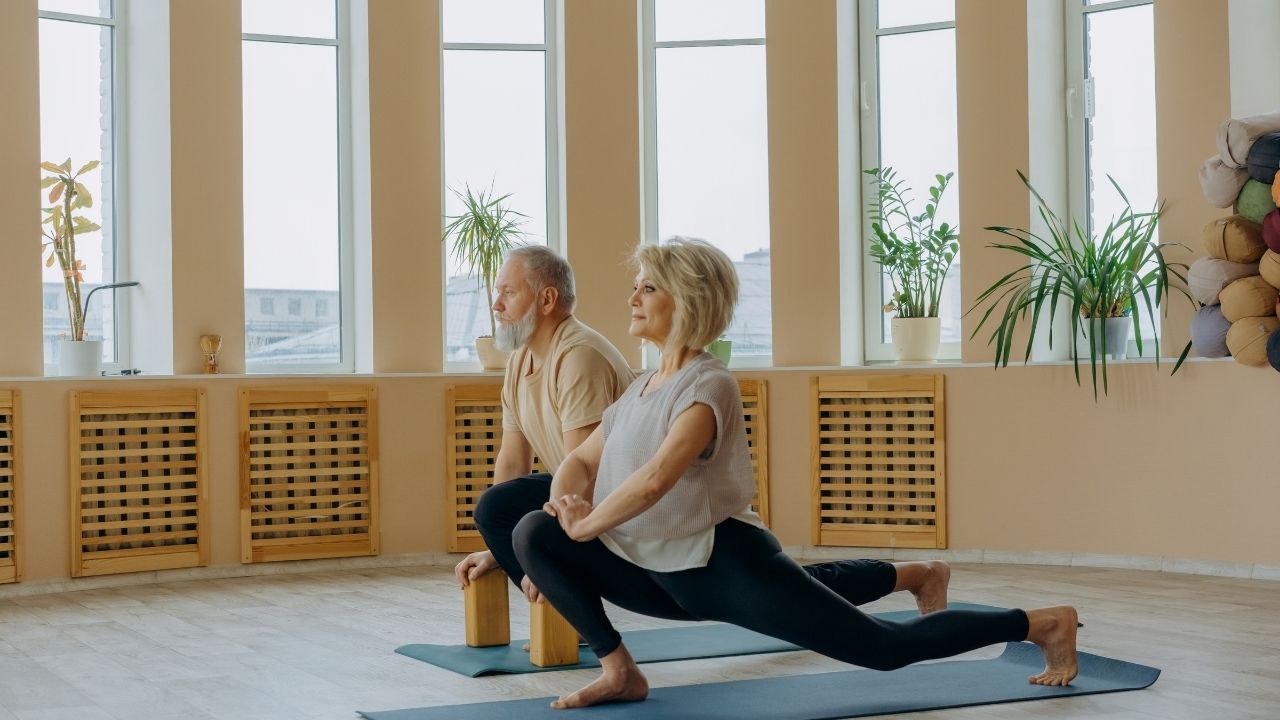
Staying active is crucial for maintaining health and independence as we age. However, starting a fitness routine can be daunting for seniors, especially if one is concerned about safety. This comprehensive guide will provide practical advice on how seniors can safely start a fitness routine, ensuring they reap the benefits of exercise without risking injury.

The Importance of a Warm-Up
A proper warm-up is essential for any fitness routine, particularly for seniors. Warming up helps increase blood flow to the muscles, improves flexibility, and reduces the risk of injury. A good warm-up can include light activities such as walking, gentle stretching, or simple movements like arm circles. Aim for at least 5-10 minutes of warm-up before engaging in more strenuous activities.

Choosing Low-Impact Exercises
Low-impact exercises are ideal for seniors as they put less stress on the joints while still providing the benefits of physical activity. Some excellent low-impact options include:
- Walking: A simple and effective way to stay active. Walking can be done anywhere and adjusted to your fitness level.
- Swimming: Provides a full-body workout without putting pressure on the joints.
- Cycling: Using a stationary bike can be a safe way to improve cardiovascular health.
- Yoga and Tai Chi enhance flexibility, balance, and strength.

Medical Consultation
Before starting any new fitness routine, it's advisable for seniors to have a medical consultation. A healthcare provider can assess your current health status and provide personalized advice, ensuring that your exercise plan is both safe and effective. They can also identify any potential risks and recommend modifications to suit your individual needs.

Staying Hydrated
Drinking water is important for fitness, especially for older adults because they might not feel thirsty often. They should drink water before, during, and after exercise. Having a water bottle and drinking often can help them stay hydrated.

Investing in Proper Footwear
Wearing proper footwear is critical to prevent injuries and provide adequate support during exercise. Seniors should look for shoes that offer good arch support, cushioning, and a non-slip sole. It's also important to replace shoes regularly, as worn-out footwear can increase the risk of falls and other injuries.
Gradual Progression
Starting slowly and gradually increasing the intensity of your workouts is essential for avoiding injury. Gradual progression allows your body to adapt to new activities without overexertion. Begin with shorter sessions and lower intensity, then slowly increase the duration and difficulty as your fitness improves.
Incorporating Balance Exercises
Balance exercises are particularly beneficial for seniors, as they help prevent falls and improve stability. Simple balance exercises can include standing on one foot, walking heel-to-toe, or practicing balance poses from yoga. Incorporating these exercises into your routine can significantly enhance your overall balance and coordination.

Stretching for Flexibility
Stretching is an important aspect of any fitness routine, helping to maintain flexibility and prevent muscle stiffness. Seniors should focus on gentle stretching exercises that target all major muscle groups. Stretching should be done after warming up and can also be included as part of the cool-down process after exercising.
Using Resistance Bands
Resistance bands are a versatile and effective tool for strength training. They are particularly useful for seniors as they provide resistance without needing heavy weights. Resistance bands can be used for various exercises that target different muscle groups, helping to improve strength and muscle tone.

Scheduling Rest Days
Incorporating rest days into your fitness routine is crucial for recovery and preventing overuse injuries. Seniors should aim for at least one or two weekly rest days, allowing the body time to heal and rebuild. Rest days can also include light activities such as walking or stretching to keep the body moving without intense exertion.
Listening to Your Body
Listening to your body is one of the most important aspects of starting and maintaining a fitness routine. Pay attention to any signs of discomfort or pain and adjust your activities accordingly. Recognizing the difference between normal muscle soreness and potential injury is essential. If you experience persistent pain, it's important to consult a healthcare provider.
Finding Enjoyable Activities
Sticking to a fitness routine is much easier when you enjoy the activities you're doing. Seniors should explore different types of exercise to find what they enjoy most. Whether it's dancing, gardening, or joining a fitness class, finding enjoyable activities can make staying active a fun and rewarding experience.

Staying Motivated
Maintaining motivation can be challenging, but setting realistic goals and tracking progress can help. Seniors might find it helpful to exercise with friends or join a group to stay accountable and make the experience more social. Celebrating small achievements and milestones can boost motivation and keep you on track.

Conclusion
Starting a fitness routine as a senior may seem intimidating, but with the right approach, it can be a safe and enjoyable experience. By incorporating a proper warm-up, choosing low-impact exercises, consulting with a medical professional, wearing proper footwear, staying hydrated, progressing gradually, including balance exercises, stretching, using resistance bands, scheduling rest days, and listening to your body, seniors can safely embark on a journey to better health and well-being. Remember, the key is to start slow, stay consistent, and find activities that you enjoy.
 RelationshipsHealthWorkMoneyParentingRetirementPrivacy PolicyTerms And Conditions
RelationshipsHealthWorkMoneyParentingRetirementPrivacy PolicyTerms And Conditions
